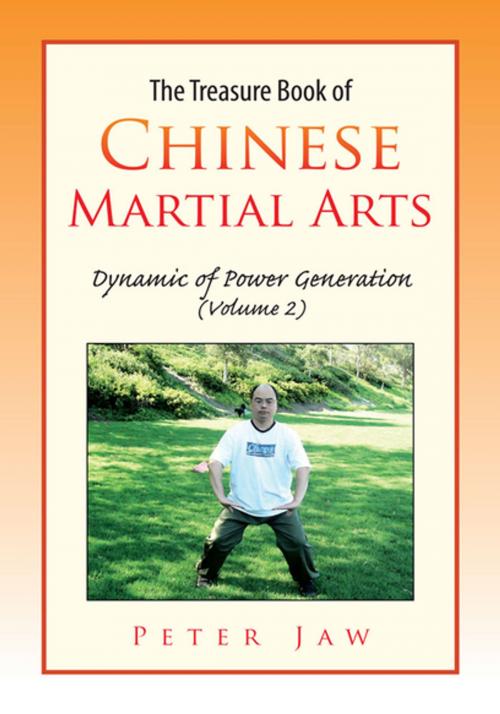The Treasure Book of Chinese Martial Arts
Dynamic of Power Generation (Volume 2)
Nonfiction, Sports, Martial Arts & Self Defence| Author: | Peter Jaw | ISBN: | 9781462834174 |
| Publisher: | Xlibris US | Publication: | November 20, 2007 |
| Imprint: | Xlibris US | Language: | English |
| Author: | Peter Jaw |
| ISBN: | 9781462834174 |
| Publisher: | Xlibris US |
| Publication: | November 20, 2007 |
| Imprint: | Xlibris US |
| Language: | English |
In the volume 1, how to analyze a technique and three methods of study are discussed. They are the method of analysis, the method of practice and the method of technique. Five popular styles are studied as examples. They include Tai Chi, Ba Gua, Tong Bei, Ba Ji and Qin Na Shu (Iron Claw).
In the present book, how to generate, transfer and express the power in a move and a posture is elucidated. We may practice the move and posture for a long time. However, if we do not know and practice how to generate power, the move is not effective and loses its purpose. How to listen to, interact with and absorb the opponents power is also explained in Part I.
Some characteristic powers in Xing Yi Quan, Tai Chi Quan, Ba Gua Zhang, Ba Ji Quan and Tong Bei Quan are discussed in Part II. Each style focuses on a certain repertoire of powers to solve the fighting problems. Each has its unique way of developing these signature powers. Where the power is coming from, how to transfer the power within the body, and how to express the power are explained. For people that are practicing these styles, the information is very important to know. For people that are interested in knowing how everything works in a move or posture, this is a book that explains it. In actuality, the characteristic power is the primary consideration, and the move and posture is then designed for developing and expression of the power.
In Part III, some general ways of developing power are discussed. How to do relaxation exercise before and after practice, how to practice standing postures, how to use equipments to develop powers, and how to train with a partner safely are discussed.
This book reveals to you why and how the moves and postures are the way they are. This book also gives you some idea of training and developing the power specific for the purpose of fighting.
In the volume 1, how to analyze a technique and three methods of study are discussed. They are the method of analysis, the method of practice and the method of technique. Five popular styles are studied as examples. They include Tai Chi, Ba Gua, Tong Bei, Ba Ji and Qin Na Shu (Iron Claw).
In the present book, how to generate, transfer and express the power in a move and a posture is elucidated. We may practice the move and posture for a long time. However, if we do not know and practice how to generate power, the move is not effective and loses its purpose. How to listen to, interact with and absorb the opponents power is also explained in Part I.
Some characteristic powers in Xing Yi Quan, Tai Chi Quan, Ba Gua Zhang, Ba Ji Quan and Tong Bei Quan are discussed in Part II. Each style focuses on a certain repertoire of powers to solve the fighting problems. Each has its unique way of developing these signature powers. Where the power is coming from, how to transfer the power within the body, and how to express the power are explained. For people that are practicing these styles, the information is very important to know. For people that are interested in knowing how everything works in a move or posture, this is a book that explains it. In actuality, the characteristic power is the primary consideration, and the move and posture is then designed for developing and expression of the power.
In Part III, some general ways of developing power are discussed. How to do relaxation exercise before and after practice, how to practice standing postures, how to use equipments to develop powers, and how to train with a partner safely are discussed.
This book reveals to you why and how the moves and postures are the way they are. This book also gives you some idea of training and developing the power specific for the purpose of fighting.















